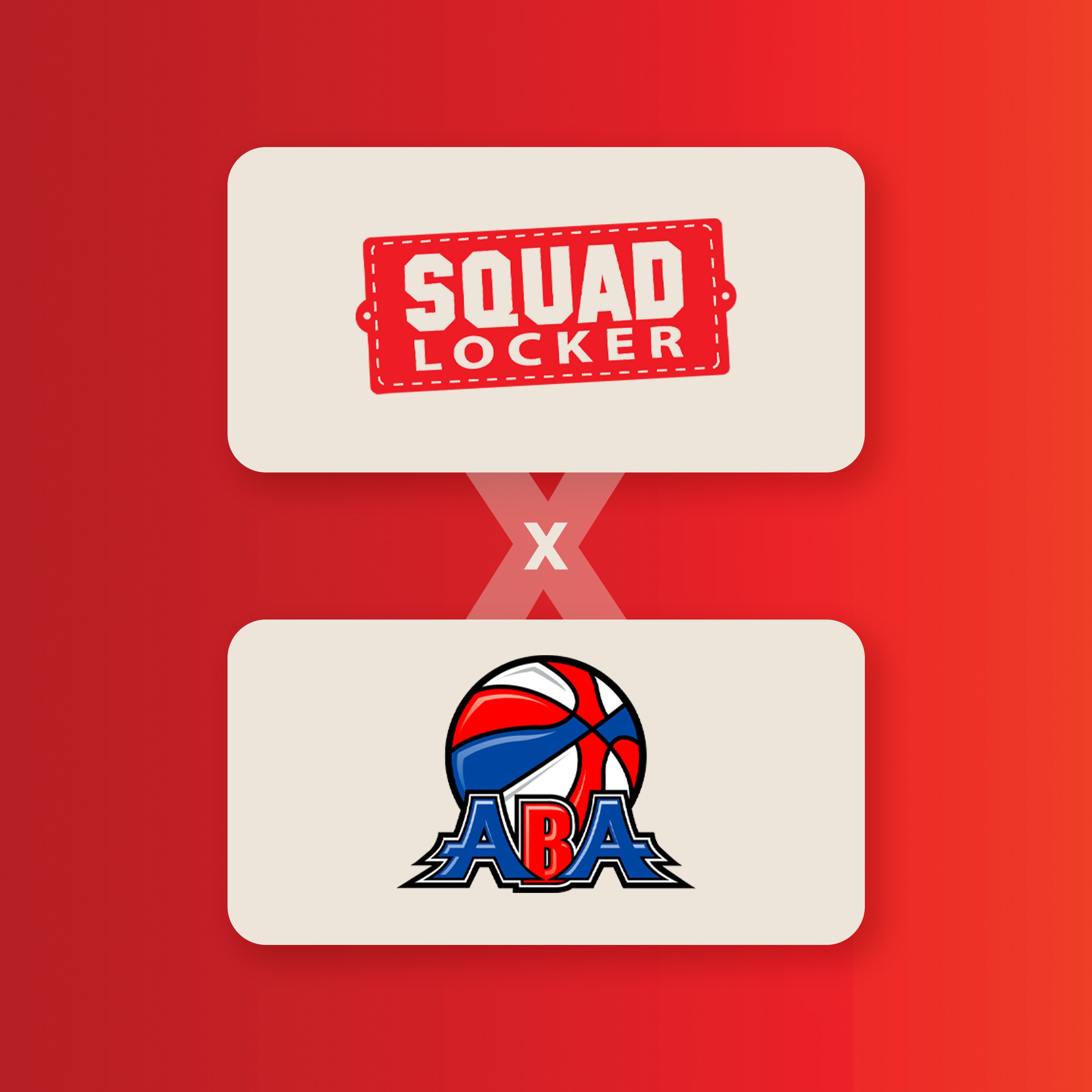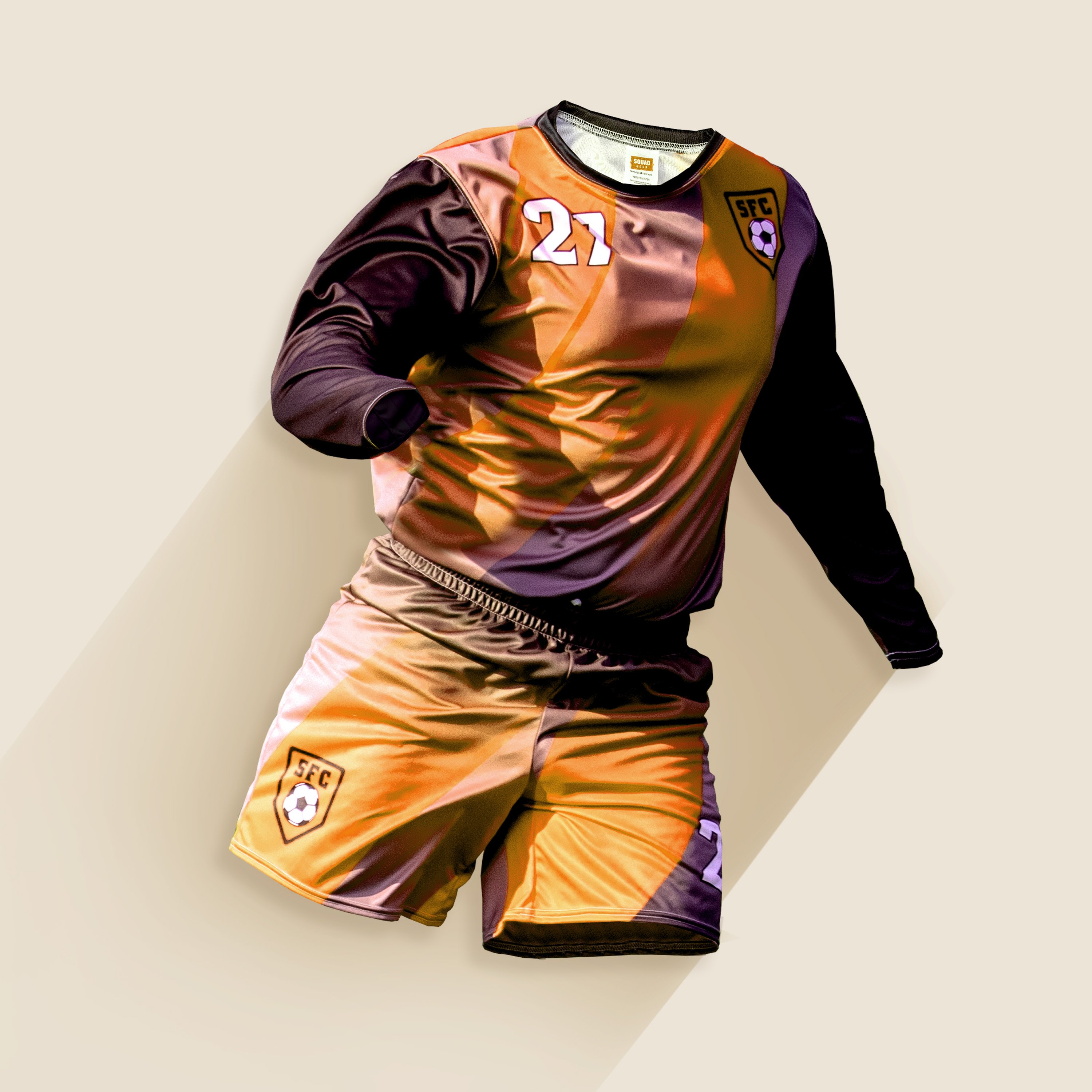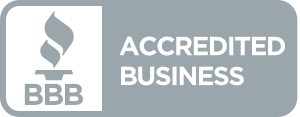Full Transcript
Jeanne:
Hi, everybody! We're getting ready to start our webinar; Building A Sense of School Community Online with Deb Jones and Karen Silveira. Very excited about this, so please come and join us. I know people are coming in. Get your seat or make sure that you're separated by six feet and don't forget to wear your mask. Okay, everybody?
Jeanne:
So we're going to be getting started in ... any second now. We just want to make sure that everybody has enough time to get into their seats and get comfortable. This is going to be a great webinar. We spent a lot of time prepping on it. We have two experts that are going to be talking about this and I'm very excited about this. Of course, I get very excited about all sorts of things, as Deb and Karen know, so this is ... this is another opportunity for us, right?
Deb:
Absolutely.
Jeanne:
Yeah! So, Karen's ... Karen's on the east coast in Massachusetts and Deb is in California. So we've got an east coast/west coast thing going on here. So we're having a wonderful, virtual environment here. So this is going to be fantastic.
Jeanne:
So I'd like to wait and, yup, we're about a minute 30 in so why don't we get started right now? Today, please join me in welcome Deb Jones, Co-Founder of K-12 Clothing and Karen Silveira, from SquadLocker. Hi ladies! Thanks so much for joining us today.
Karen:
Hi, Jeanne! Thank you.
Jeanne:
So I'm going to talk a little bit about housekeeping. Yes, you have to Lysol everything ... no, I'm just kidding! Right now, we're going to be recording this. We're going to be transcribing this. We're going to be using this in blog posts and we hope to be able to make an E-book. Deb Jones from K-12 is going to be speaking on a number of upcoming webinars. We've got one planned for October, November, and December and we're hoping to take all that information be able to build a really great E-book that we'll make sure that everybody gets a copy of that when it's completed.
Jeanne:
So, I'd like to start, because we've done an awful lot of research on this right now with Karen and with Deb Jones, and we wanted to talk a little bit about the concept of school culture and when we think about school culture, we think about students with teachers and Karen, you had some thoughts on this?
Karen:
You know, the school culture often refers to the relationship between the students, the teachers, other staff, administration, people in the environment and it's about their shared beliefs, their perception, their values. This defines the atmosphere, the expectation, you know, the presentation, really the embodiment of a school. It's what the communities going to perceive as the moral compass of that organization.
Karen:
And the school culture is, is what the students feel when they go there everyday. It's what makes them feel part of something. Something other than, you know, you have your family culture, you have your school culture, you have your work culture. But for children, this is the biggest part of their day.
Jeanne:
Oh, that's absolutely true and I guess the next question is, Deb, why is school culture important? Why is it important? I mean, it's important to students. It's important to everybody. But why do you think it's important?
Deb:
Yeah, you know, if we zoom out and just think about the concept of culture generally, I think it's important is the feeling of belonging and that glue that ties you to something. So whether it's your neighborhood culture, whether it's culture in business or culture in school, it really is that glue and you know, if you look at businesses ... as an example, my background is in business, businesses with great cultures often are very successful businesses.
Deb:
If you look at the research in the education space, research shows that school cultures that are positive, produce more successful students as a result of that and the students are more encouraged, more engaged, and actually achieve more when they are in a positive school culture. So not only does it have importance individually, but it also produces greater results for the whole.
Jeanne:
Yeah, and we talk a little bit about that. Karen, you talk about cohesion as it relates to culture. How would you actually approach that?
Karen:
Well, cohesion is so important because for a culture to be a successful, positive environment and have that positive impact, the students need to feel like they're part of that community, that culture and it's very important to their self-esteem, to the 'in'; nobody wants to be the odd student out. It's important that, you know, that positive feeling is carried forward with them through their environment and it's important that there aren't distractions from that environment, from that sense of community. You know, apparel is one way where students feel like they're part of this inclusive group. If a student feels like they stick out because of what they're wearing, or they're not wearing what other people have, then they don't feel part of that environment and it's not ... it's not a cohesive group. You now have segments in your group and it's kind of anti to that.
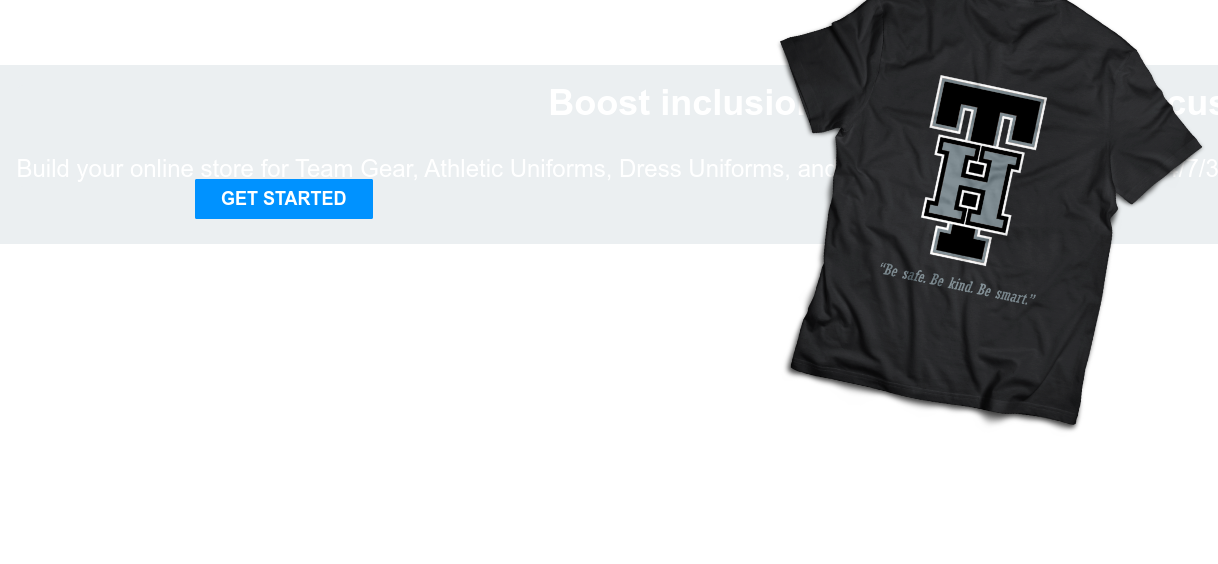
Karen:
So, removing distractions that make students feel like they're not part of the group is really important. It addresses a big part of that and leveling that playing field or letting the children wear something that's, you know, branded for that school or organization, it makes them feel part of it and it makes them feel good ... when they feel part of it.
Jeanne:
Yeah.
Deb:
Yeah, Karen? You danced around this a little bit, but I think that you brought up a great point about the flip side and the negative culture side, right?
Karen:
Right.
Deb:
And how you talk about the importance of avoiding that. But I think, you know, we should touch on that directly which is just that when there are negative cultures in educational institutions, you see the inverse. You see students not succeeding. You see students feeling ostracized and see challenging learning environments where the kids have all these distractions that take away from the purpose of being in that educational institution, which is really to learn, to develop, and that's all taken away when there is this negative culture.
Deb:
So, not only is creating a positive culture important, but if there is a negative culture that exists, even if it's a subculture, removing that and bringing together a cohesive group that focuses on collaboration and communication will really drive productivity and positive development.
Jeanne:
Yeah, you talked a lot, Deb, you talk about productivity, strengths, relationships, and kindness. The always be humble and kind concept that, you know, everyone in school is always trying to talk about. So if we were too move on, how has school culture traditionally been created, Karen? I mean, you've got 25-years in the business of school dress uniforms and Deb, you're relatively new. It's less than five years. Hugely successful organization. What would you say, Karen, about what your perspective?
Karen:
I think it's ... it's different based on the type of school. So when you ... I think it's easier for a religious based school because they're using religion to create that culture. Uniforms are a big part of that. Every student looks exactly the same. I think public schools have a little more of a challenge in, you know, they really rely on PTO's and PTA's to help define that culture; selling spirit wear, apparel, having events. You know, all students can come together, they're not so expensive or it's not an expensive trip that a student can't go on. But having these events where students can mingle without the textbook in front of them.
Karen:
You know, what's the saying? All work and no play kind of thing is when you need that play environment in that school and I think public schools rely a lot on that and I think public schools have a more difficult time with creating this positive school culture because religion ... I don't want to say it's an easy thing, but it's by ... you know, easier to draw people together with that. When you're in a public school or even a charter school, you have such a wonderful blend of different, you know, socio-economic backgrounds that, you know, you're blending it together and you can find the positives in it. I mean, I've been to some functions in charter schools where, you know, students were bring in food of their ethnic background was.
Karen:
Those are awesome events. They just draw people together so well and I just think things like that will help build a positive school culture.
Jeanne:
Deb, you're very involved in your school's Parent/Teacher Association. Did you want to talk a little bit about this? How the school culture has been traditionally been created?
Deb:
Yeah. Our ... we've moved around a little bit, so I've actually been exposed to school culture in three different elementary schools. All done a little bit differently. All with different cultural values, as well as other schools that, you know, friends have been to and I think the theme through all of those is that culture stops at the top. So it really does start with the school administration and specifically the principals, defining that school's values and I think that those need to be very clearly defined. You know, Jeanne, you brought up the word kindness before. I think that's a great one, a great example.
Deb:
But kindness can mean different things. It can mean being kind to individuals. It can mean being kind to our environment. It can mean all sorts of different things and so I do think it's important to define those words and that does start with ... at the top with the administration and then I think that teachers can do a lot of activities that support those values in the school, in their classrooms. I think that how those values are supported on the playground is particularly important, so again, to go back to kindness, how is kindness ... how does that show through on the playground? How are we able to stop acts that go against kindness and resolve them in a way that promotes kindness?
Deb:
One thing I've seen at a couple of different places is a kindness bench where if somebody is feeling like they either need some kindness or like they're in a situation which doesn't promote kindness, they go to the kindness bench. Other students are taught to look out for people on the kindness bench and connect with those children and so that's one interesting way of promoting a positive culture.
Deb:
And then, Jeanne mentioned the PTA/PTO. I think that those organizations are incredibly important in supporting the culture. Having all kinds of events. Speaking with the kindness theme, you know, being kind to the environment, maybe, if say, a school clean up, a neighborhood clean up to make sure we're being kind to the environment. Maybe it's a week at school where we are reducing waste. Maybe it's a one school, one book event where the whole school reads the same book and it's focused on kindness to others and how to translate that. Whatever it is, I think that the parents/teacher organizations can have a large roll there in supporting that culture.
Jeanne:
Wow. Wow, that's pretty awesome. Thank you for that feedback. So, this is not something we're seeing right now, is it? [inaudible 00:12:25] guys? Last year, well, earlier this year, I guess, before March, there was a lot of activities like this. There's no masks to be seen. There's lots of fun. The kids are having a good time touching each other. So, what's different this year? Karen, I know we've had a lot to be able to talk about. What does it look like now?
Karen:
I think that there's ... I think schools are still finding their way right now. At the end of last year, it was, you know, it was a very quick, oh my gosh! We've got a new teaching model. We have to figure out how to grade and test you, how to do these projects, how to switch and I think the idea of community kind of got lost. The school culture got lost in that shuffle and now that, you know, everybody has had the summer to prepare ... you know, I've talked to a lot of PTO organizations through August and these first weeks of September, and apparel is really a way that they are really hoping to be able to do two things for their school.
Karen:
Draw the communities together. Having the fund raising from the apparel to support future activities and plans because they can not do those events in person anymore and they need to still generate some revenue. And just try to come up with ideas. Like, they're all talking about coming up with ideas, coming up with logos for apparel about, you know, community together and really still push that thought out and, you know, they're finding that parents are really receptive, too. They're craving that community almost. People miss it! You know, I think people miss being social. We miss the social ... you know, we're social creatures by nature and so it's been a really active season for the PTA. I felt like it started really early in August because I think people were already anticipating this need.
Jeanne:
Wow. Deb, you were going to talk about some virtual and hybrid models. I know towards the end of this conversation, you were going to talk about what you're doing in your school district about what's happening there. But what are you hearing about from the schools that you talk to?
Deb:
The last time I looked, 33 states were not going back to school as we traditionally think of it. In other words, 100% in-person. So, in 33 states there's some new learning model which means that in more than half of the country, we've got to figure out how to do things differently. The most common models are virtual, which is 100% online, and hybrid. Hybrid is a combination of going in in-person and being online and those hybrid models look different. Whether it's half the week or half the day, it looks different depending on the school but those are the most common models that we are seeing, both in our area, but also I'm out there talking to a lot of parents and those are the models that they are seeing.
Deb:
I also do think, as this picture demonstrates, that our pets have played a larger role in our education. I can attest to the fact that everybody is showing their new puppies on Zoom and their cats are definitely sitting on the books nearby! And so we've never had such an influence of pets in our education so that's another thing that's different this year!
Jeanne:
Yeah, they help calm us down a little bit, right?
Karen:
Yeah.
Jeanne:
So one of the things is we wanted to talk in this particular conversation, is about how do we create this virtually? We talk about the culture. We talk about school. We talk about the teachers and the parents. So, Deb, you had a few things that you wanted to be able to talk about school teacher in terms of some conversation that ... I found this particular graphic because I think, you know, our comfort zone is always like a little bit off to the side. You know, you're trying to figure this out. These teachers that are all of a sudden are thrown on Zoom or some other video platform to be able to start teaching ... what a challenge!
Deb:
Agreed and we're creatures of habit, right? So change is always a challenge and people different ... deal with change in different ways. But especially in light of the anxiety produced by the pandemic, the anxiety produced by these changes in the school system and the unknown can be really pronounced for certain people and so I ... you know, teachers, parents, the school administration, everybody and change is a constant right now. I mean, as soon as we think we have a handle on things, some new information comes up and things change again.
Deb:
So I do think one key for school administrators, parent/teacher organizations, is communicate early and often and even if you don't have the full plan, even just communicating what the thinking is, the direction things are going, what the variables are, even, that you're relying on so that parents can have an understanding of what's happening ... that will help people adapt to the change and support whatever the new model that you're school is putting out and so I think that communicating early and often and that communicating in different formats, as well ... you know, people can be inundated on emails. so whether it's emails plus the PTA Facebook feed, plus the parent newsletter, plus text ... whatever it is that your school already has in place, just leveraging all of those avenues, I think, is really helpful.
Deb:
As part of that communication, especially as we approach the beginning of school, is helping the students know what to do to have a productive work environment. So that includes what are we doing for school supplies this year? School supplies are being done differently this year. Some schools provide school supplies on the first day of school and in person. Well, that can't happen this year. So what's happening instead? Is there some sort of school pick up?
Deb:
others asked parents to get school supplies in advance but those supplies may change because what is provided in the classroom traditionally isn't available. So, whether it's an abacus or some blocks or ... you know-
Jeanne:
An abacus!
Deb:
... whatever the case may be.
Jeanne:
Everybody's got to go and buy an abacus!
Deb:
I [inaudible 00:18:53] pick one up today, so that is why it's top of mind for me.
Jeanne:
You did? you had to pick an abacus today? Holy moly!
Deb:
That is apparently part of my math supplies. So, I don't know. I'm not going to question it. I'm just going to follow the [crosstalk 00:19:10] that I received early and often and go pick up the abacus at our school circle.
Deb:
But, you know, giving the parents as much advanced warning on how the school; supplies will be distributed, what's needed, I think is very, very helpful and then finally, doing a technology dry run before the first day of school. So, one technique that I've seen teachers do that I have found worked not only for our family, but I've seen teachers do it in a number of different ways for other families that I know, is doing a quick check in with the students. Just a 15-minute, hey, how was your summer? Here's what to expect on the first day so it wasn't even about the technology and I've seen it done both on a one on one, or take it as a class. Let's meet as a class. Quick 10, 15-minutes. That allowed any of those technology issues to be worked out on that meeting before the actual first day of school so that ... it took that variable out and doing that dry run also meant allowed ... parents or students to submit any IT tickets for anything that wasn't working-
Jeanne:
Yup.
Deb:
... in the days prior to the first day of school so then also the IT support team, who frankly, their workload has increased tremendously, they have more lead time to be able to resolve these issues. So they're not getting a thousand emails at 9:00 AM on the first day of school.
Jeanne:
That's a great idea. That's a great blog post. We should be talking about that, you know? Nothing like a dry run, right? We did a dry run-
Deb:
Exactly!
Jeanne:
... with this particular webinar. So, you wanted to talk a little bit ... I know, Karen, you had some thoughts about, again, minimizing distraction with the apparel concept and how to create the cohesion. I have a feeling that, how do students get to feel part of the overall community?
Karen:
You know, it's interesting because several schools have said to me that they are ... they don't feel like they can require it, but they are strongly encouraging students to use their uniform on Zoom. They feel like there's so much around the students-
Jeanne:
Yes!
Karen:
... on their backgrounds-
Jeanne:
Cats. Dogs.
Karen:
Right! Who's going to walk behind them that ... you know, they just feel like that would be one less distraction. But, you know, what the student is wearing on Zoom, can be a distraction in and of itself. So I think that, you know, encouraging that clothing to be the same ... a lot of schools, you know, they're relaxing their stricter dress uniform whether it's because of, you know, medical guidelines or things like that. So even in person, for example, like I have one school who just decided not to do ties this year and ... but they did require every student to wear the same exact face mask and we know uniforms have a lot of positive effects.
Karen:
You know, they keep students ... they lower rates of bullying. Better discipline. Better school attendance when you have students in uniforms. So, you know, in itself, it is something that minimizes distraction. But I think it's more of a challenge in this particular environment. But I also think it's going to, you know, add to that. We spoke earlier, it's going to give ... add to that sense of community and culture if students are, you know, wearing the same and I think a lot of schools, from what I'm hearing in talking to school administrators is they're really hoping to expand their use of spirit wear because now everybody has park needs school for lack of another reference-
Jeanne:
Yup!
Karen:
... school shirt on, no matter how it looks and that in itself will minimize distraction instead of who is wearing what slogan or who has what thing on their shirt. Like, that's a great picture! You know, it's one less distraction so, you know, the focus can be more on the cat in the background, I guess!
Jeanne:
Yeah so-
Deb:
Well, it's true that's ... spirit wear is one thing, spirit wear, school uniforms, apparel generally is one thing that can be taken kind of directly, right? Like there doesn't have to be a change from the in person to the online version. You can wear the exact same thing and so I do think that that's a powerful way to create school culture virtually.
Deb:
I think that there are some other things that don't translate, necessarily, as well. One of the challenges I know I've heard from teachers is around being able to interact with 30 different Zoom squares across their screen, right? The vision I always have is like the Brady Bunch, you know the intro where all the, like, squares come flying in? Except there's like ... I think there's nine or something for that group. There's up to 30 for teachers who are doing Zoom meetings and so I think that that's a challenge on how you create the culture when all you have is a little square and so one of the things that has worked with the teachers I've spoken to is continuing connections via one on one or smaller group meetings for teachers using Zoom.
Deb:
You know, there's a break out meeting function. If you're using a different technology, you can set up smaller meetings. But having that smaller connection, or smaller group connection, excuse me, where they can really continue to work directly with students and reinforce the culture ... also leveraging technology to provide feedback. So if they see something that is anti school culture, one of the areas that this comes up is in the chat function of the online technologies. You know, you picture yourself sitting in the classroom ... think of when you were back in your high school or elementary days. And there ... somebody snickering off to the side because they're passing notes or they have some little joke going on.
Deb:
Well, in the virtual world, that's happening in the chat function and still same things, it's just you can't hear the snickering. Instead, you just see the bling, bling, bling of the chat function popping up. And so, teachers are able to ... I mean, you can shut down the chat function. That's an easy way to stop it.
Deb:
But, if ... place to reinforce the school culture is to speak about kindness, going back to that theme, through the chat. Saying ... giving examples of maybe why we don't do that and that can be done in a one on one setting, or that can be done in a larger group setting depending on the teachers judgment of what's going on. But I do think that there's still these opportunities to take what we did previously in person and convert them into this online world and then, you can still reinforce the school values with online activities. Whether it is ... I'll pick on another school application, SeeSaw, and I'm picking on that because you can create a lot of interactive activities through SeeSaw.
Deb:
So whether it's a word hunt on SeeSaw using the school values. Whether the PTA is having a one school, one book which is something you can still do, you know, still choosing that book that reinforces the school values and then rather than having an in person discussion about the book at the end, having smaller group discussions where the school values are reinforced through the reading of that book. T
Deb:
There's really a number of ways to convert what we were doing before to online methods. It takes a little more conversion, I think, than something like spirit wear where, you know, you can just ... you can designate a day, or what uniforms. You can say still please where your uniforms. There's a little bit more creativity and leveraging the technology in some different ways, but it's absolutely doable and I think something that, that I've seen schools and teachers do pretty successfully. So kudos to our teachers who are taking on a lot.
Jeanne:
Yeah, you know, you bring up a point and I put this clock as the image here to be able to talk about we're asking a lot from our teachers. You know, they're ... and everything is taking so much more time, pivoting from a lesson plan that was done in person to a lesson plan that is done online requires a huge amount of effort. My daughters have their 10th grade math teacher in our neighborhood and I see her every now and again and I asked her, hi! Hey Melanie! How's it going. She goes, my back end is getting fatter and fatter because, you know, she's sitting so much and where she was always walking around the classroom ... fantastic teacher and because she was so good, my daughters have done very well with math related programs. So, what can we ask ... what do we say to our teachers to be able to help them? Karen, you had some thoughts?
Karen:
I ... I think it's really important that schools are a lot more flexible with their teachers as far as their time, their time commitments. You know, I think that they need to support them more than ever with incorporating new technology, new programs, training on those programs so that things work smooth for them, not leaving the teacher to run the program on their own, and I think it's really an important time for schools to think really outside of the box to support their teachers.
Karen:
Teachers can't ... you know, they cannot be expected and held to the traditional standards in this nontraditional environment and I just think that there just needs to be a lot of flexibility, a lot more support. It's a crazy time. We're all going to get through it. But I think it's also going to give us the opportunity to incorporate different ways of learning and, you know, that's not always a bad thing.
Jeanne:
Right. Right.
Deb:
To your point about flexibility Karen, I ... one thing that I've seen be successful is setting aside time for teachers to make those changes. So in our district, for example, we're in 100% online situation right now. So I don't know what this would look like in a hybrid world, although I'll get back to that in a second, Wednesdays right now, teachers ... core teachers do a morning meeting and then that's it. The rest of the day is for them to lesson plan for the remainder of the week as well as the following week and convert ... especially for those veteran teachers, convert their lesson plans that were of in person, convert their activities that were for in person, into an online format.
Deb:
The specialist teachers then teach on Wednesday, so art teachers, PE teachers, they teach on Wednesday, thereby giving the core teachers a little bit of a break and similarly, the other four days of the week the specialist teachers can go do the middle school and the high school because they do the elementary schools on Wednesdays and then they have some days as well to convert their lesson plans.
Deb:
The other thing that I think teachers are leveraging is the ability to prerecord meetings. So on a Wednesday, for example, you could prerecord some lessons for other days of the week so that teachers can have some ... either some down time, some time to convert their lesson plans, or some times for those one on one meetings and I do think the district need to be able to support those kind of things.
Deb:
Jeanne, I think your specific question was what do we say to our teachers, so I would be remiss if I didn't say thank you, thank you, thank you. Thank you!
Jeanne:
Yes.
Deb:
Because they are taking on a lot. It's, I mean, you know, since when were teachers technical troubleshooters, creators of online culture, and have web presence, right? Which is a totally different thing than classroom presence. Be Zoom experts, I mean, there's just a lot and so I think we deserve ... or they deserve a big thank you from all the parents out there.
Jeanne:
I totally-
Karen:
I just want to add to what Deb said. You know, in definitely in thanking those teachers, but I think, too, that many people have a new found respect to understand how, you know, a first grade teacher has 30 of your little Timmy's in their classroom!
Jeanne:
Yes.
Karen:
You know, parents are having ... our society is such a work culture and I think that people have such a new appreciation for teaching at this point, and I think that's great.
Deb:
Agreed.
Jeanne:
So, right now, for our audience, if you have any questions, go to the display. There's a place to be able to ask questions or a chat function. Want to thank both you, Deb, and you, Karen, for joining us today and having this wonderful conversation. It's fantastic. We did record it. We will be transcribing it and we will be sharing the information. Everybody that's on this call right now will be able to get this recording. You'll get it tomorrow as a ... and you can share it with some of your friends and colleagues. I did get a lot of emails with people asking if ... because they had some people ... so you plan to help classes and kids ... what question? I'm not exactly sure. There was a chat here ... a question. Not sure ... [Kyriah 00:32:28]? I'm not exactly sure what your question was so maybe you could give us a question and we'll try to answer it on our blog.
Jeanne:
Thank you so much, Deb! Thank you, Karen! Was great to have you here today.
Karen:
Thanks
Share this Story
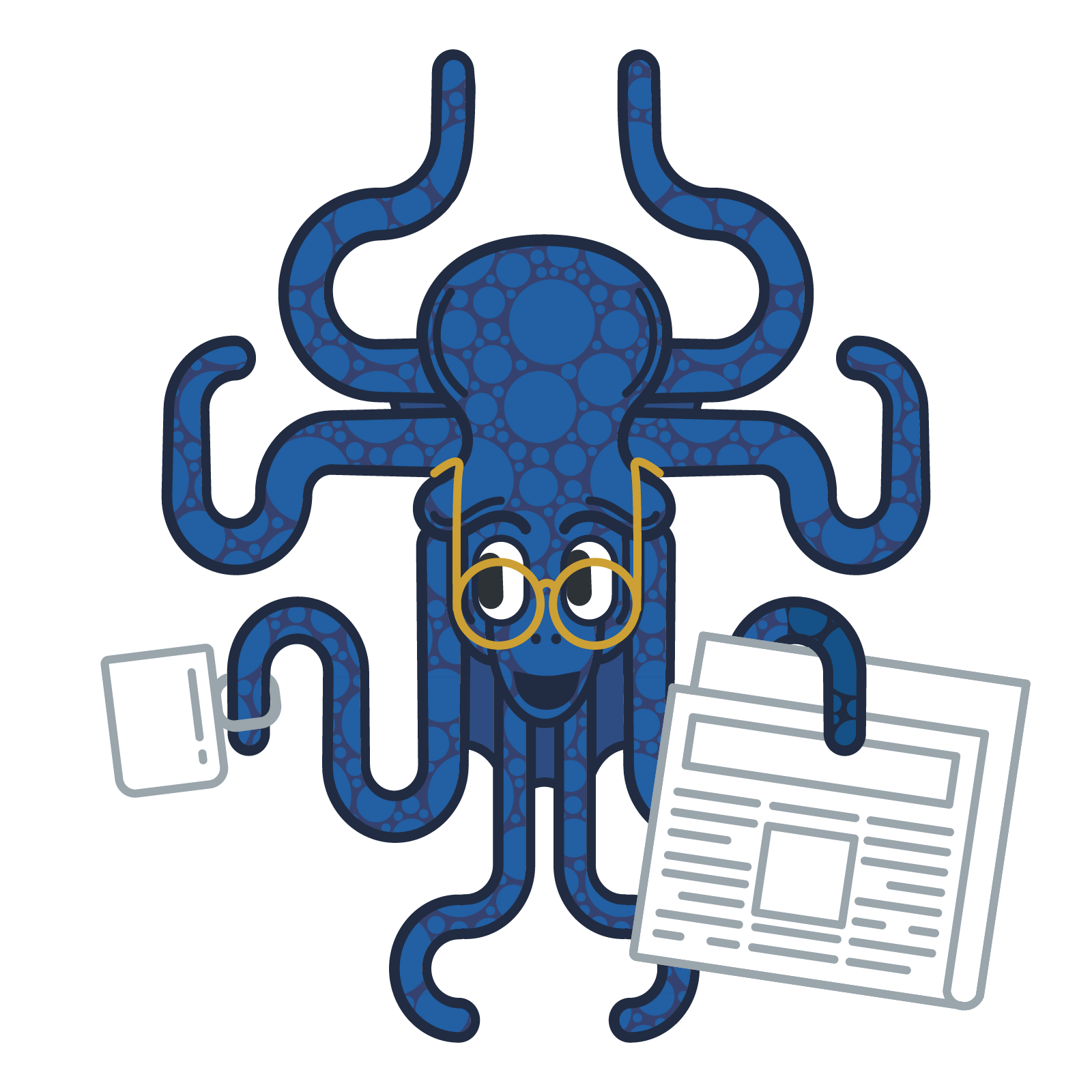
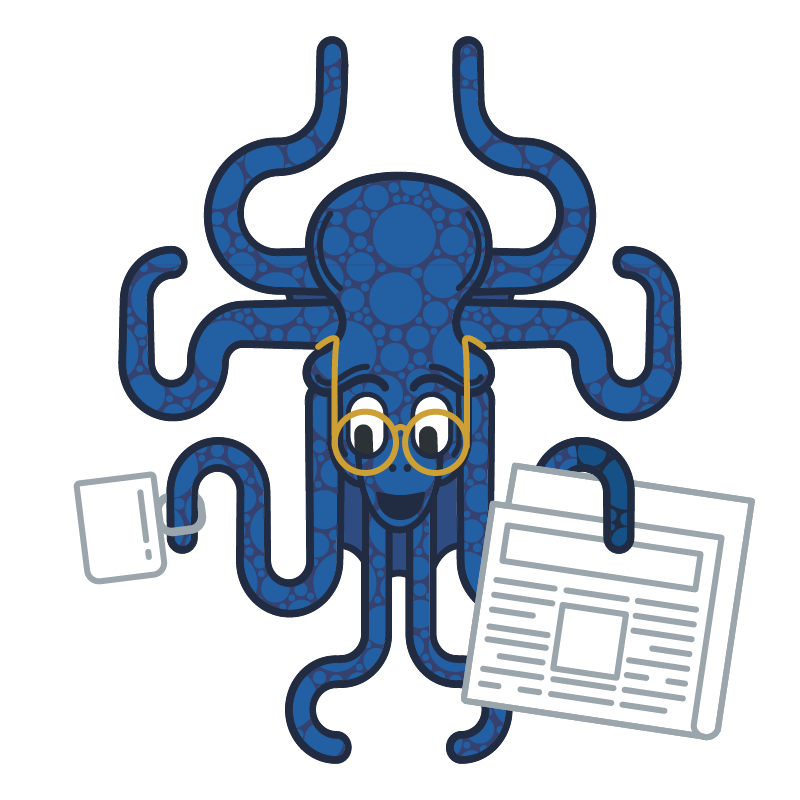
.jpg)

